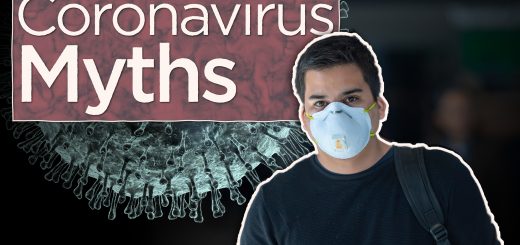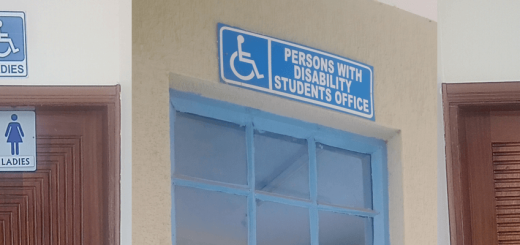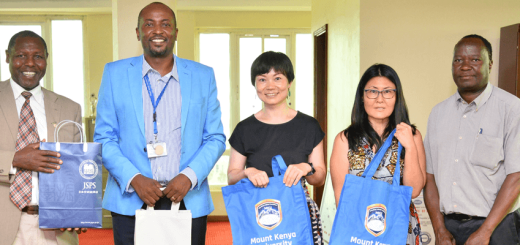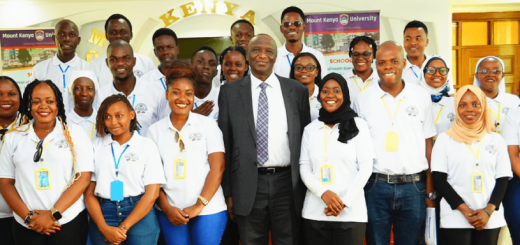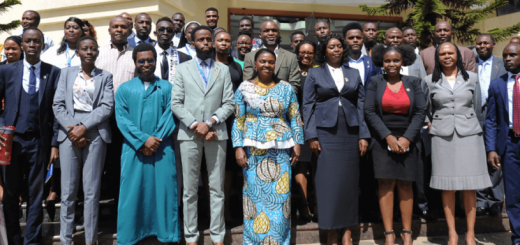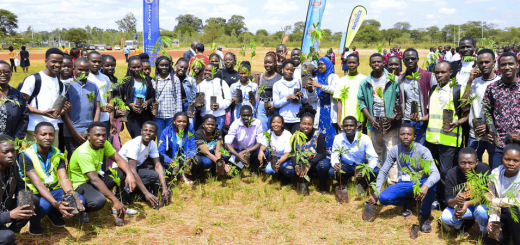COVID-19 QUARANTINE: OVERCOMING MASS DISTRESS
Dr Maroko Gilbert Mokua, HOD – Department of Psychology
On December 30th 2019, the city of Wuhan in Hubei province in China became the epicenter of COVI-19. Initially, local authorities in Wuhan downplayed the significance of the outbreak even stymying attempts by doctors to alert the world of the epidemiological potency of the virus. The rest of the world moved on with the “…after all…the virus is a Chinese affair…” attitude. If only the developed world could have mobilized earlier, the virus could have been safely contained and brought under control in Wuhan. But trade wars between USA and China prevented this. USA and some of its allies notably the United Kingdom thought the virus was a godsend gift to further slowdown the economy of the Asian giant.
The WHO recognizes the importance of continued research in communicable diseases with the aim of reducing burdens associated with health, social and economic aspects of communicable diseases. Though the WHO was at the fore front of mitigating the SARS outbreak that started in Guangdong province of southern China in 2002, its institutional response was slow when compared to the COVID-19 response. One and half months into the COVID-19 outbreak, WHO formed a Joint Mission consisting of communicable diseases experts led by Dr Bruce Aylward of WHO and Dr Wannian Liang of China with a timeline lasting between 16th – 24th February 2020. The Joint Mission was tasked with four main objectives:
- To enhance understanding of the evolving COVID-19 outbreak in China and the nature and impact of ongoing containment measures;
- To share knowledge on COVID-19 response and preparedness measures being implemented in countries affected by or at risk of importations of COVID-19;
- To generate recommendations for adjusting COVID-19 containment and response measures in China and internationally; and
- To establish priorities for a collaborative programme of work, research and development to address critical gaps in knowledge and response and readiness tools and activities.
The Joint Mission visited community centres/health clinics, district hospitals, COVID-19 designated hospitals, and transportation systems such as airports, rails and roads, wet markets/grocery markets and many other locations in China. The Joint Mission’s findings were pegged on six issues: the virus, the outbreak, transmission dynamics, disease progression and severity, the china response and knowledge gaps. Details of these findings can be retrieved from the “Report of the WHO-China Joint Mission on Coronavirus Disease 2019 (COVID-19)”. From this report, the transmission route of the virus has been brought to light prompting countries all over the globe to dash to contain its spread. Since the main transmission is through droplets and fomites in unprotected contact between an infected person and an uninfected person. The spread however is not airborne as per the report. This mode of transmission has necessitated lockdown of cities and even entire countries through both mandatory self/government sanctioned quarantines.
What the Joint Mission failed to bridge during their mandate was the psychological impact of the infection and spread of COVID-19 as a result of compulsory social isolation which is now being enforced by quarantine. People are not used to government enforced mass quarantines. Some people in politically volatile locations like in the Middle East and the Congo belt in Africa are used to localized curfew restrictions but not to the current magnitude as a result of COVID-19. Educational institutions have closed indefinitely sending students and tutors to their homes for self-quarantine. Families are not prepared for this for they do not know how worse the situation may become. Workers in nonessential service industries have been hit hard since majority of them have been sent home with little or no paycheck. Besides being required to self-quarantine, small scale traders have found themselves indoors with lost business. In a recently concluded study on psychological impact of quarantine arising from COVID-19 and published in the medical journal the Lancet of March 2020, the Samantha Brooks research team has just found out that people currently in quarantine have the following common stressors:
- Infection fears,
- Frustration,
- Boredom,
- Inadequate supplies,
- Lack of information,
- Financial loss and
- Stigma associated with contracting the disease
These stressors are manifested in the following symptoms:
- Fear and worry of getting infected
- Changes in sleep patterns
- Changes in eating patterns and habits/binge eating
- Poor concentration
- Worsening existing health conditions such as asthma
- Continued alcohol and/or cigarette use
- Flaring tempers
- Fights over petty issues such as a plate breaking
- Increased/decreased sexual activity
School going children who are now confined in homes are more likely to suffer disinhibited social engagement disorder because of the close proximity of most parents and guardians who normally are psychologically absent but due to quarantine are now total strangers. These children are having reduced reticence in approaching and interacting with the parents who largely are “unfamiliar”.
Parents are also experiencing posttraumatic stress disorder as a result to exposure of actual COVID-19 infection by directly experiencing daily new infections or COVID-19 deaths revelations on the media or learning that close family members have been infected or are dying from the virus. These parents may be quick tempered and may be engaging in aggressive verbal or physical behavior with little or no provocation such as yelling, fights or destroying objects such as breaking utensils.
According to Brooks et al (2020), the unfolding psychological effects of a quarantine can be minimized with shortening the quarantine time, giving people accurate and factual information about the status of combating COVID-19, providing adequate supplies such as food(governments can subsidize food prices), reduce in-house boredom (watching movies, computer games, etc) and increased communication using phones and the internet based social media (governments to zero rate communications tax).


